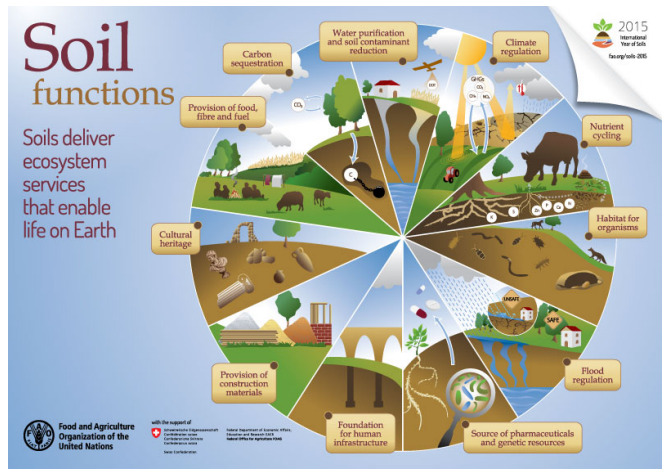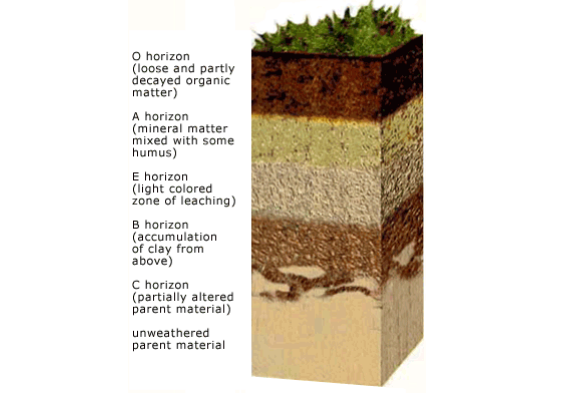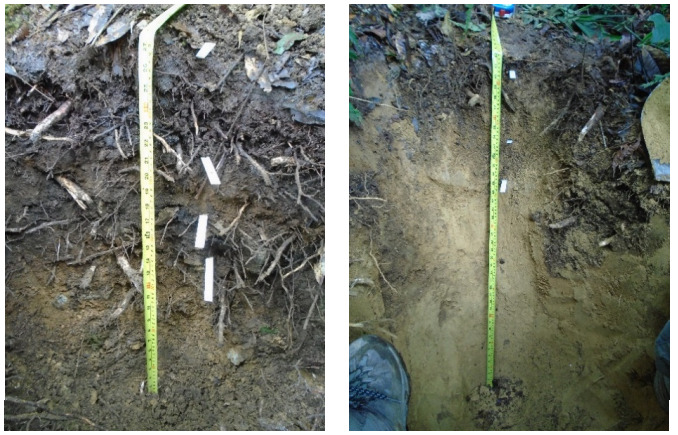
When thinking about our Earth, there are components that come to mind first: animals, the climate, and the ocean. Yet there are many more factors that comprise this planet to be as successful as it has been, factors that oftentimes go unnoticed or are forgotten about. For example, when was the last time you thought of the soil beneath your feet? Pedology (the study of soil creation) and edaphology (study of soil-dependent uses) are two critical branches of ecology that help us to better understand a myriad of different topics regarding the ground we walk on. It helps us learn how to create more fertile soil; how to replenish soil that’s been depleted; how to create microclimates that best suit nature’s needs; etc. By having information about the soil relative to where you’re living, you then have the power to monitor changes if you’re trying to restore degraded soil back to its former glory.

In an environment so rich like a rain forest, soil is a key factor in whether or not a forest can regenerate after being deforested. Historically, the land that is now called Cloudbridge Nature Reserve was pasture land, where the majority of the forest had been cleared to make way for crops and livestock. Such a drastic change can potentially cause long lasting issues with forest regeneration, as oftentimes soil becomes majorly depleted when used agriculturally. This is what prompted researcher Prisca Pfammatter to begin her studies.

By taking a specific focus on areas of the reserve that have struggled to regrow, Prisca was keen to discover what the qualities of the soil were, and if that was part of the reason for the delayed regeneration of the forest. In order to do studies on the soil, physical samples have to be taken, which was achieved by digging 9 different pits in various forest types of the reserve. There are several ways to determine the composition of soil by taking samples, such as comparing texture, temperature, or levels of microorganisms, as just a few examples. It was discovered that variables such as slope, canopy cover, and soil temperature had some level of impact on what the soil composition would be. To read more about which trends were concluded in this study, you can read the full report here.
Suggested reading:
- For modern scientists, studying soil wasn’t exactly in the forefront until the mid eighteen hundreds. While the soil has always existed beneath our feet, it wasn’t until agriculture really took off that the practice of studying soil began. From there, it’s become a much larger discipline and an integral aspect of global agricultural success.
- While the density of soil studies has grown over the years, there are more simplistic ways to break it down and understand the basics. It’s interesting to figure out how our Earth creates soil and uses it for its overall health!
- After centuries of abusing soil for human needs, you may be struggling with how to repair your own soil on a small or large scale. Luckily, there are many resources that give advice on how to create a healthier environment for soil in order for it to begin healing. It takes time and effort to regenerate after extreme degradation, but it’s almost always possible.
